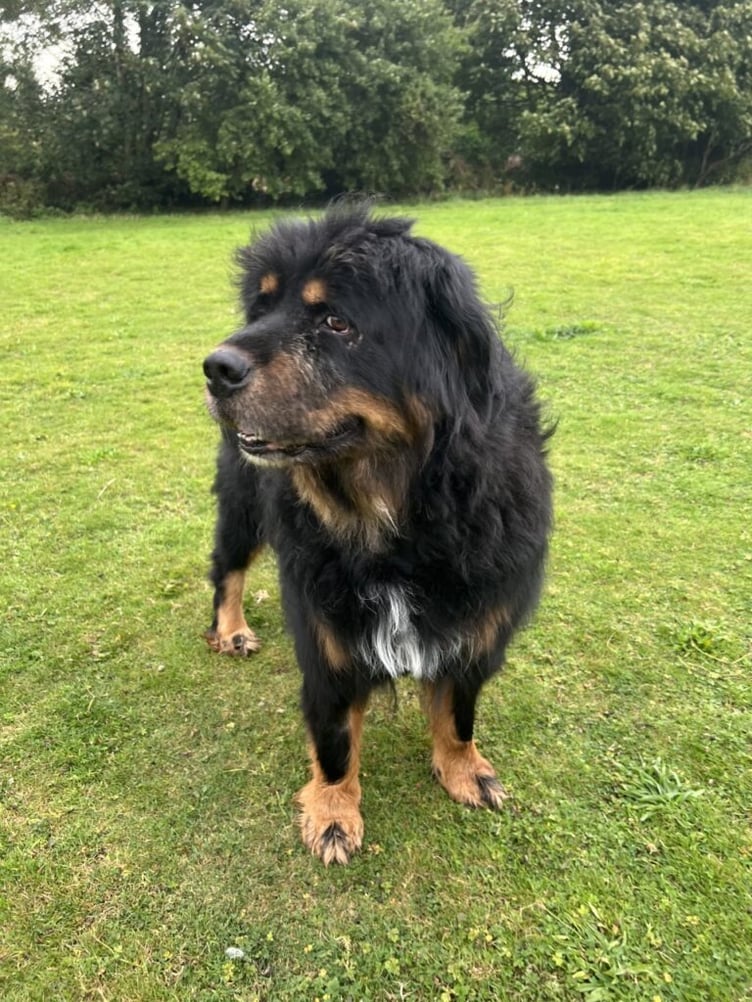Those of you who visited the Southern and Royal agricultural shows this summer cannot fail to have been impressed by the behaviour of the cattle (bulls, cows and calves) that were competing in various classes.
The beautiful Highland cows were a particular attraction, peacefully snoozing despite the presence of hoards of onlookers and inquisitive children.
It’s all too easy, then, to assume that such benign bovine behaviour can be expected all the time – but this is not the case.
When walkers encounter cattle in a field the latter’s behaviour can be very different.
At best they can be curious and move towards walkers simply to find out more; at worst they can be aggressive and potentially dangerous.
A Lancashire dog walker was recently attacked by a herd of around 20 cows, which started with a ‘ringleader’ tossing her to the ground and repeatedly headbutting her.
The attack lasted five minutes and resulted in the walker sustaining 15 broken ribs, a shattered ankle and a broken shoulder bone.
When walkers at the other end of the field distracted the cows, she managed to escape by crawling towards a dry stone wall and hurling herself over it.
A mountain rescue team rushed the walker to hospital, where she underwent two surgeries and was finally discharged a month later.
This is a disturbing story, but what is more disturbing is that the walker’s advice to fellow walkers, as reported in various media sources, is incorrect.
She said: ‘I’m very lucky to be alive … always keep dogs on leads like I did.’
The National Farmers’ Union and the Ramblers’ Association give the following advice: if you are walking with a dog and the cattle have started to show signs of aggression, let the dog off its lead so that it can run away and divert the cows away from you (it is likely that they are objecting to the dog more than you, and your dog will be able to run faster than you can).
This is the only situation in which the Countryside Code advises that a dog should be let off their lead around livestock.
Further useful advice includes:
•Take the best route and avoid a footpath with cattle on, or near, it if at all possible. If you have to enter the field, stick to the fence line even if the path takes you through the middle.
•Never pet calves.
•Ensure that the cattle see you and don’t surprise them.
•Don’t panic and run if you feel threatened – just walk on quietly and try to keep your body facing the cattle.
•Carry a whistle, which will startle the herd and may buy you extra time to find an escape route (plus it will alert fellow walkers to your plight).
Cattle attacks are rare, and they definitely shouldn’t deter people from enjoying the countryside, but more than 70 fatalities and many more serious injuries have been recorded in the UK over the last 20 years.
Seven-year-old Tibetan Mastiff, Leo, loves nothing more than leisurely country walks when he can sniff the different smells and leave his own ‘scent trail’ with the occasional cocking of his leg.
He’s a big, gentle softie, and has been given to us because his previous owner has had to move to a small property.
Leo is a big boy, and he needs plenty of both indoor and outdoor space, as well as a sofa to sleep on.
He is very friendly and has lived with children all his life, as well as a cat.
He is reasonably well behaved around other dogs and seems to prefer females to males.
Please complete a home finder questionnaire (available on the adoption pages of our website) if you are interested in rehoming him.


.jpeg?width=209&height=140&crop=209:145,smart&quality=75)


Comments
This article has no comments yet. Be the first to leave a comment.